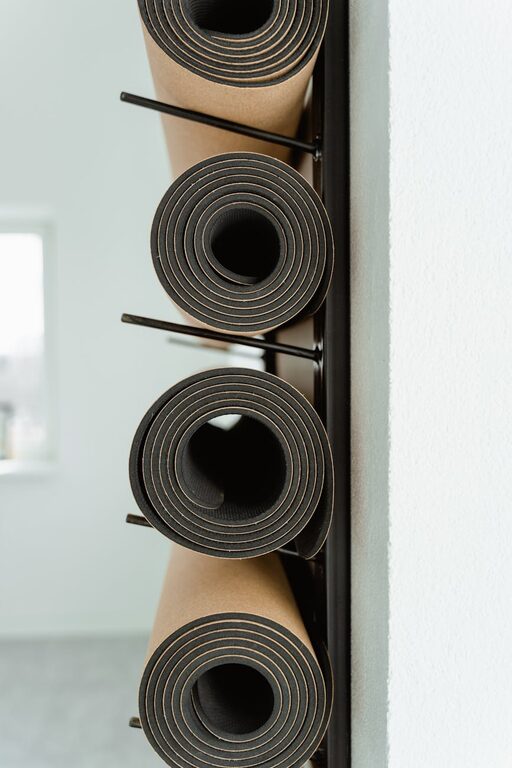Children’s artwork is precious. Each drawing, painting, or craft project represents a moment of creativity and growth. However, as adorable as these masterpieces are, they can quickly pile up and create clutter. If you’re wondering how to keep your kids’ art organized while still celebrating their creativity, you’re in the right place. This post offers practical, easy-to-follow tips that will help you manage and store kids’ artwork effectively.
Why Organizing Kids’ Art Matters
Organizing kids’ art does more than just keep your home tidy. It helps preserve memories, shows your children that you value their efforts, and prevents important pieces from getting lost or damaged. Plus, having a system in place makes it easier to share their work with family and friends.
1. Create an Art Display Area
One of the simplest ways to honor your child’s creativity is by showcasing their work.
– Designate a wall or bulletin board: Use a hallway, playroom, or kitchen wall to hang framed artwork or a rotating display with clips or wire and clothespins.
– Use magnetic strips or boards: These make it easy to swap out pieces regularly, keeping the display fresh and exciting.
– Involve your child: Let them choose which pieces to display; it encourages pride and decision-making skills.
2. Use Storage Solutions for Artwork
Not every piece can be displayed permanently. For the overflow, storage is key.
– Portfolios or folders: Large art portfolios or expandable folders work great for flat pieces like drawings and paintings.
– Plastic bins or boxes: Label bins by year or child to keep things sorted.
– Accordion files: These can keep smaller items organized by date or project.
– Art storage bags: Some companies sell bags specifically designed for storing children’s artwork safely.
3. Digitize the Artwork
Digital storage is a fantastic way to save space without losing memories.
– Photograph or scan artwork: Take clear pictures or scan each piece and save them on your computer or cloud storage.
– Create digital albums: Organize images by date or theme using photo apps or online albums.
– Share digitally: Email or share with family members who can appreciate the artwork even from afar.
– Print photo books: Make annual photo books of top pieces; these are space-savers and make wonderful keepsakes.
4. Set Limits and Cull Regularly
It’s natural to want to keep everything, but it’s important to set boundaries.
– Pick a storage limit: Decide how much space you want to dedicate to art (e.g., one box per child per year).
– Sort together: Involve your child in picking favorites to keep.
– Recycle or repurpose: Older or less meaningful pieces can be repurposed as gift wrap, greeting cards, or craft materials.
– Keep only what’s special: Focus on unique or milestone pieces, like first drawings or holiday crafts.
5. Turn Art into Functional Items
Repurposing artwork can add a fun, personal touch to everyday items.
– Create greeting cards: Cut artwork to make one-of-a-kind cards for birthdays and holidays.
– Wrap gifts: Use drawings to wrap small presents.
– Make magnets or coasters: Laminate drawings and attach magnets or create coasters.
– Frame favorites: Rotate framed pieces for a gallery effect.
6. Establish a Routine
Consistency goes a long way in keeping art organized.
– Set a weekly “art day”: Review new artwork weekly and decide what to display, store, or digitize.
– Organize after each project: Teach kids to clean up and organize their space before moving on.
– Update digital files regularly: Schedule time monthly or quarterly to back up and organize digital images.
7. Get Creative with Storage Solutions
Storage doesn’t have to be boring—make it fun and accessible!
– Color-coded bins: Assign colors or labels to each child’s art supplies and artwork storage.
– DIY art books: Use binders with plastic sleeves to create personalized art books.
– Portable art portfolios: Use large, lightweight portfolios for artwork that travels between home and school.
– Rolling carts: Store art supplies and artwork in easy-to-move carts for accessibility and tidiness.
Final Thoughts
Organizing your kids’ artwork doesn’t have to be overwhelming. With just a little planning and creativity, you can create a system that celebrates their creativity while keeping your home neat. Remember, the goal isn’t to keep every single piece but to cherish the memories and encourage your child’s artistic journey.
Try combining these tips to find what works best for your family. Happy organizing!

